Between Cape Trafalgar and Barbate, in Cadiz province, is Breña y Marismas de Barbate Parque Natural one of the most beautiful and varied coastal natural parks in Andalucia
By Nick Nutter | Updated 30 Mar 2022 | Cádiz | Birdwatching |
Login to add to YOUR Favourites or Read Later
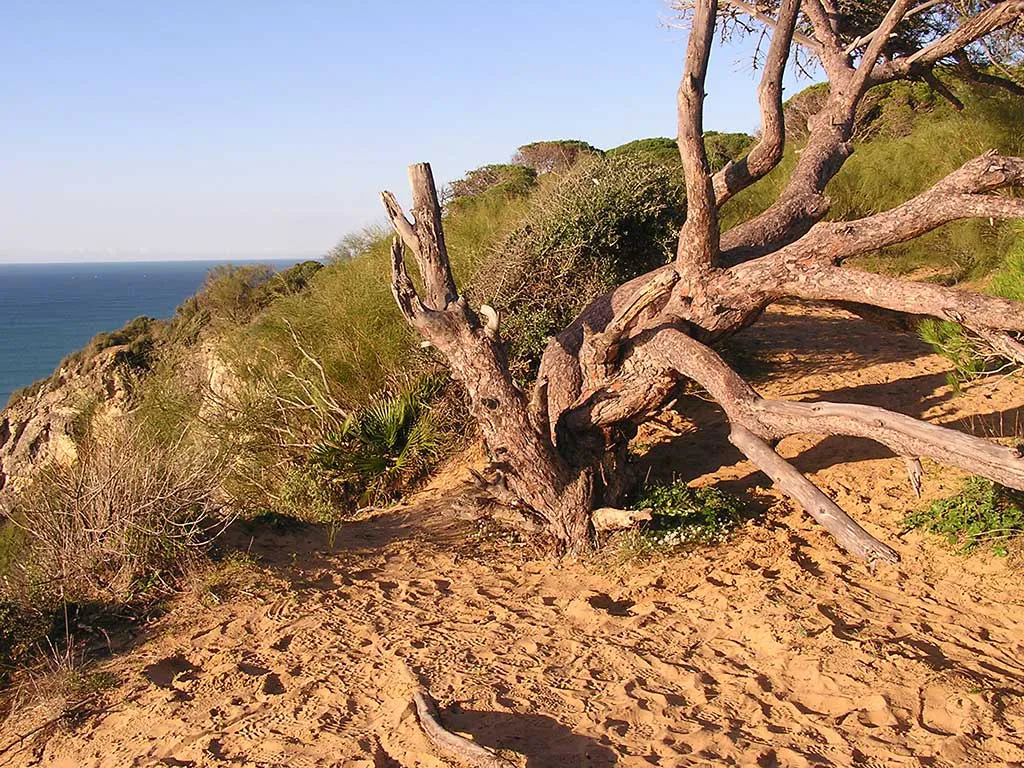
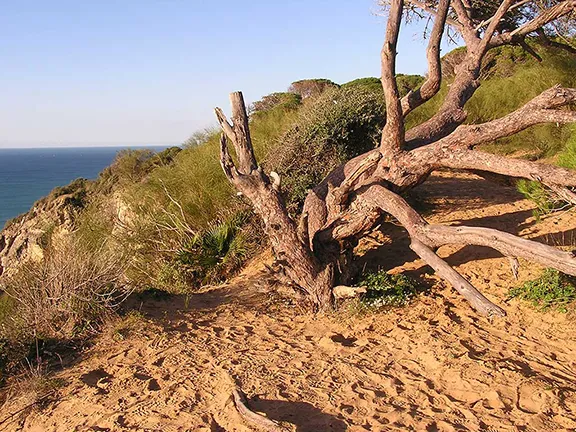
Tree sculpture Barbate
Between Cape Trafalgar, scene of the famous battle in 1815 of the same name, and the fishing town of Barbate, in Cadiz province, is one of the most beautiful and varied coastal natural parks in Andalucia.
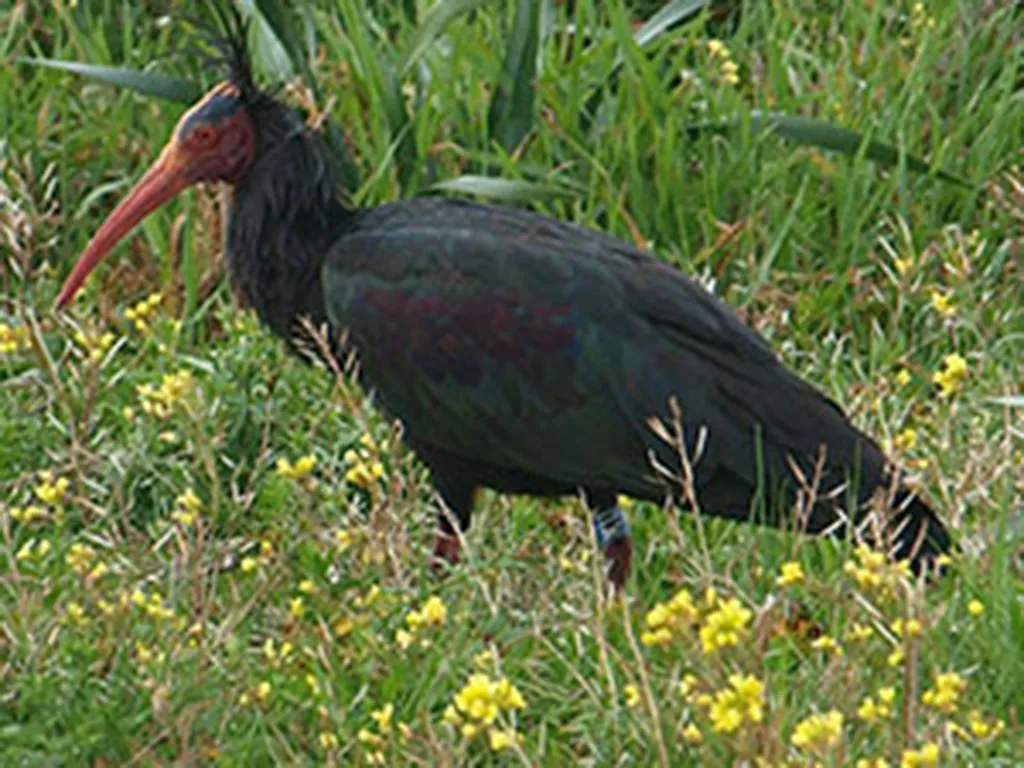
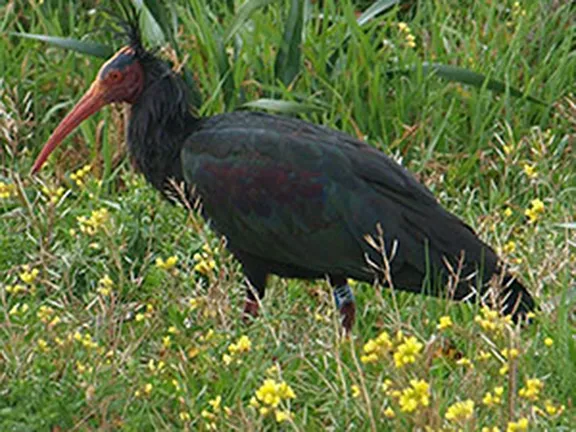
Bald Ibis
The Breña Parque Natural was created in 1989 with the Marismas de Barbate added in 1994. Together they make up the second largest coastal reserve in Andalucia. The Marismas de Barbate covers much of the area that was previously the lagoon of La Janda, that is now largely drained and a labyrinth of waterways, marshes, water meadows and levees, a natural haven for many species of waterfowl and waders.
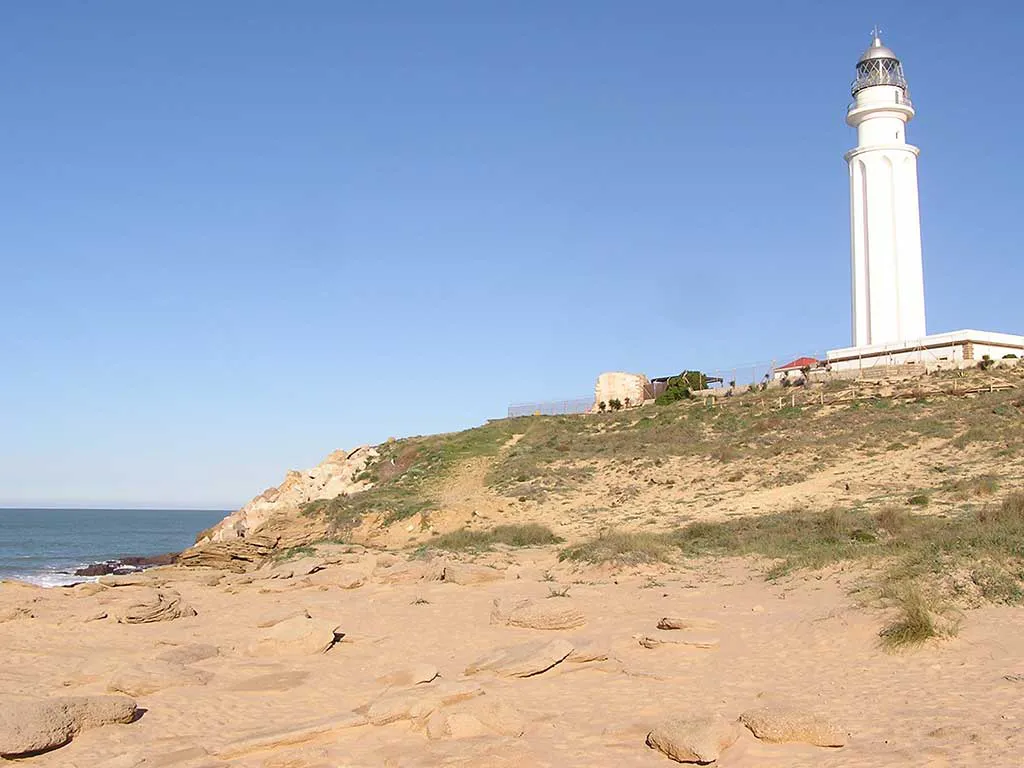
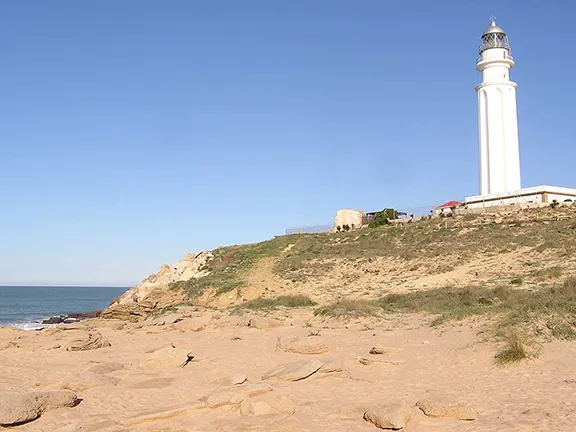
Cape Trafalgar
The most imposing feature of the park is the mixture of stone pine and Aleppo pine trees that form a green umbrella just inland from the cliffs and beaches. They are an essential part of the coastline, stabilising the ever-moving sand dunes that would otherwise engulf the coast. They are also a natural resource, the pine nuts collected from the stone pine are a valuable commodity and a favourite ingredient in many Andalucian recipes. On the edges of the cliffs the trees, influenced by the wind, form natural and strange sculptures.
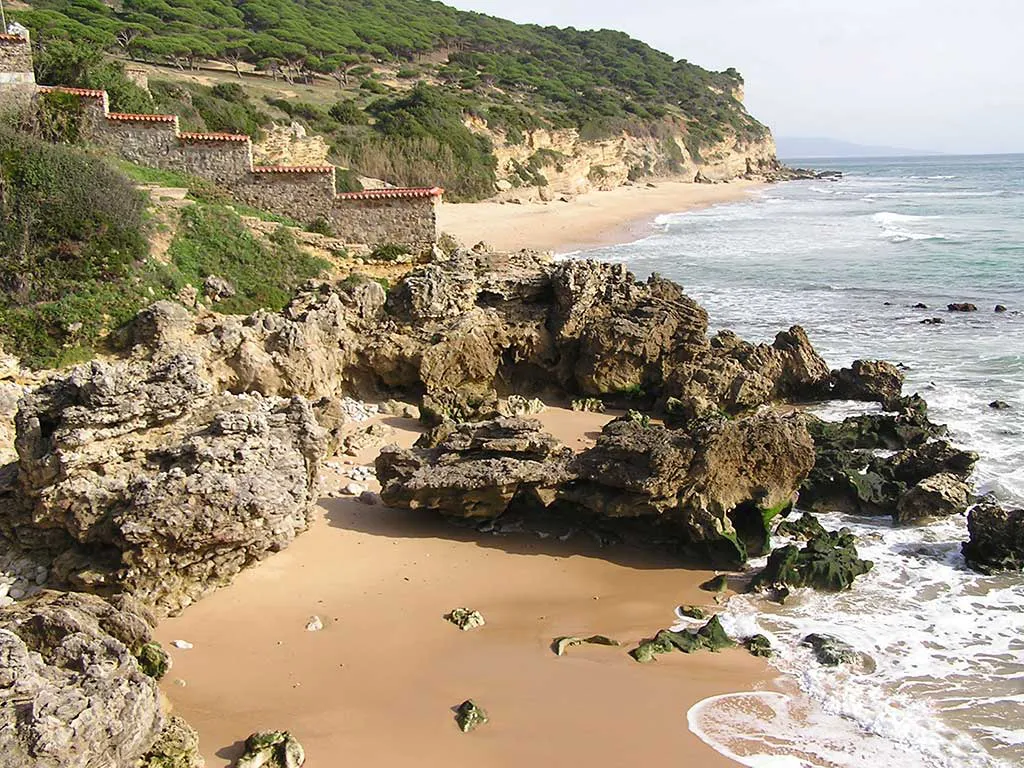
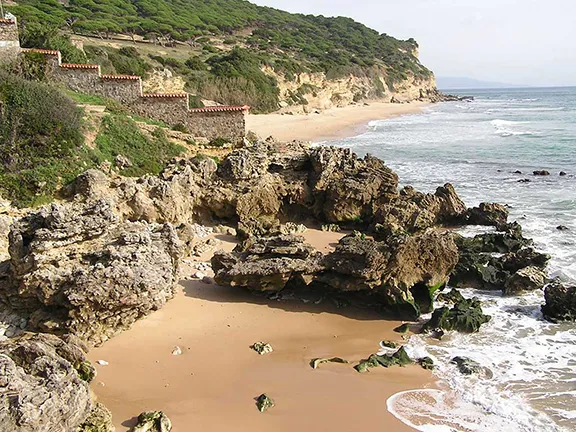
Cliffs at Los Canos de Meca
Between the cliffs are beaches of golden sand with rocky headlands. The crystal clear and, even in summer, cold, waters of the Atlantic Ocean break on the shore. For over eight thousand years, fishermen have been launching their boats from the beaches and natural harbours to take advantage of the tuna fish migration. A cave painting in a cave at Zahara de los Atunes depicts a bluefin tune. When the sunlight from a small gap near the entrance to the cave landed on the painting, the hunter gatherer people of the area knew that the tuna migration season, March and April, had started. The Phoenicians and Romans developed a method of trapping and catching the tuna called the ‘almadraba’ that is still used to this day. The tuna fish is still an important resource with fresh tuna being transported to all parts of the province. Some is canned in nearby factories and some goes to make mojama, cured tuna, a delicacy of the region.
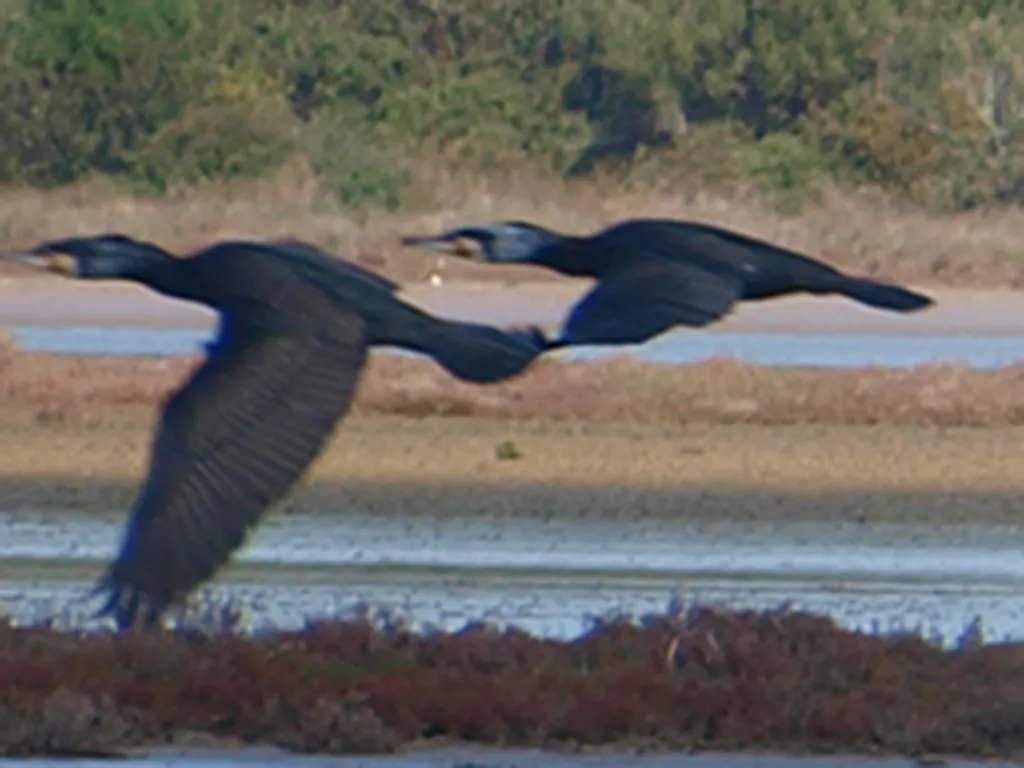
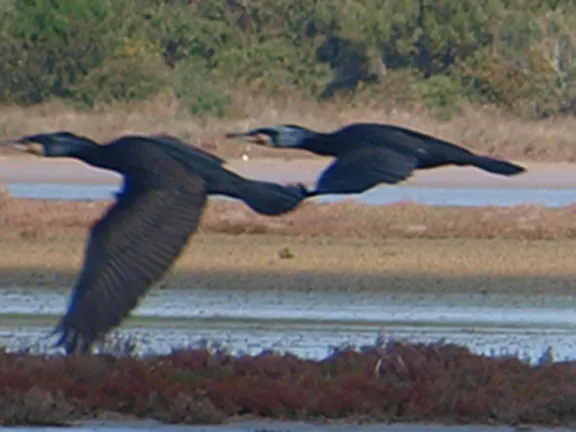
Cormorants on the marismas
Bird watchers are not disappointed in the variety of species to be seen on the coast and in the Marismas de Barbate. A series of paths lead through the marismas, home to mallards, coots, grey herons and Eurasian cranes, the last remaining nesting population in southern Europe. You should also spot two species that you may not expect to find in this part of Spain, the bald ibis, that was introduced into the area in the late 20th century and the glossy ibis. The bald ibis have become so used to humans, and their protected status, that many of the birds allow humans to approach within a few metres, great for photo opportunities. The glossy ibis tend to keep their distance but are easily identified due to their colouring and distinctive body and beak shape.
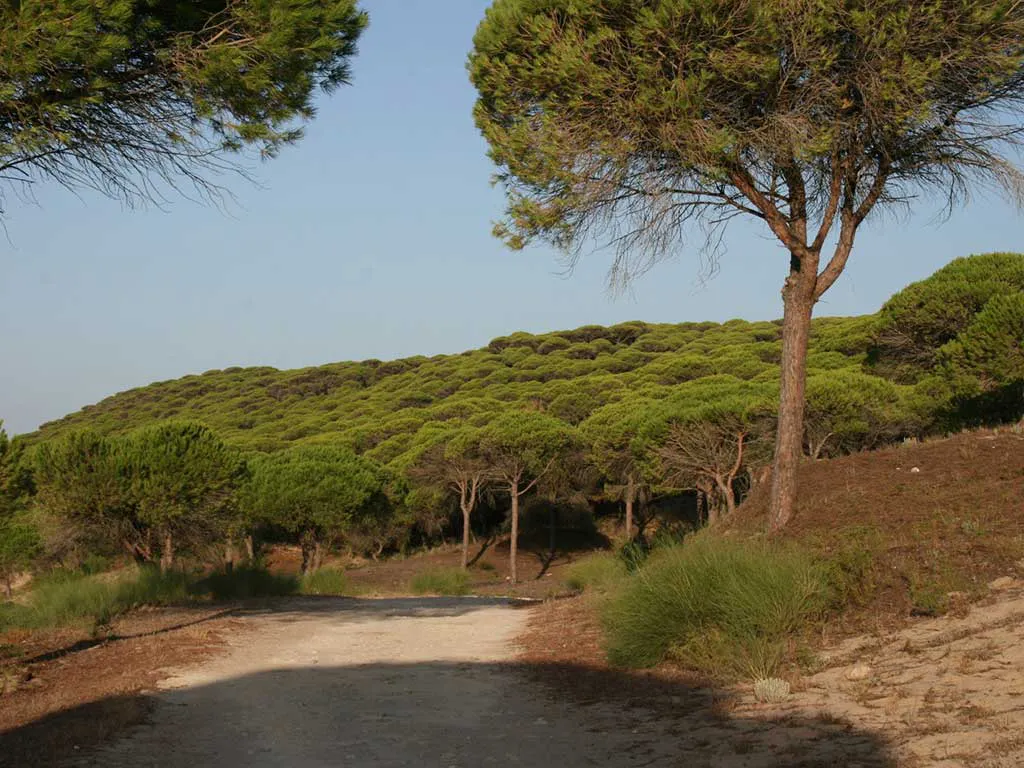
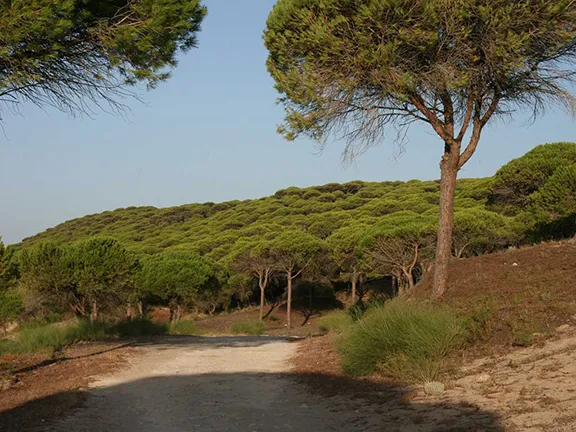
Pine forest canopy Barbate
Cape Trafalgar marks the northern edge of the natural park. The sandy beaches either side of this iconic monument are easily accessible and therefore popular during the summer but the time to go there is during a winter storm. The Atlantic waves have travelled 6000 kilometres across the ocean, all the way from North America. Westerly winds whip them up to ten or twelve metre high breakers that crash into Cape Trafalgar. The spray can erupt over the 34 metre high lighthouse. Nature at its most magnificent.